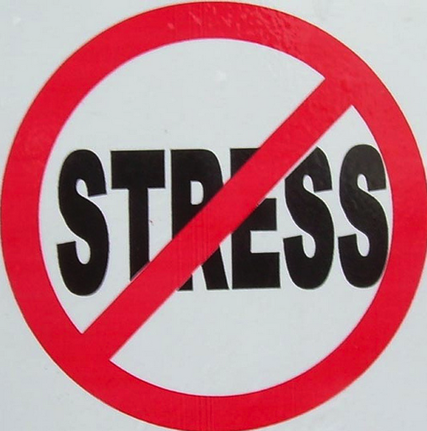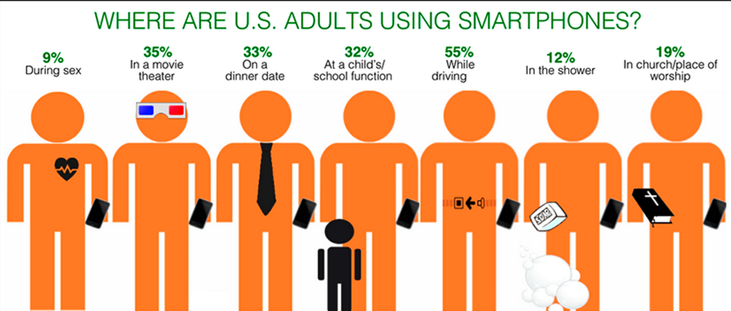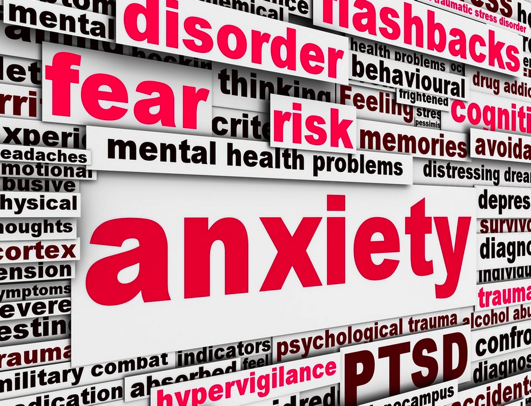Watching / Seeking Violence on Social Media, lead to PTSD Symptoms?

Social Media and PTSD | The negative effects of watching other people suffering has lasting  negative effects...
negative effects...
Smartphone PTSD? | We are all connected by ways of social media no matter the form. Every thing in moderation is necessary for quality of life. So what happens when people are over exposed to violent media? We know that the media wants to push ‘shock value’, so, at what cost?
New research from the UK shows that viewing violent news events via social media can cause people to experience symptoms similar to post-traumatic stress disorder (PTSD). Article originally posted in Psychcentral.com, here is what they found:
University of Bradford’s Dr. Pam Ramsden presented her finding at the Annual Conference of the British Psychology Society.
“The negative effects of exposure to other people’s suffering have long been recognized in roles such as professional health care workers. Various studies have documented the negative psychological reactions following indirect exposure to traumatized people called vicarious traumatization,” said Ramsden.
“Social media has enabled violent stories and graphic images to be watched by the public in unedited horrific detail. Watching these events and feeling the anguish of those directly experiencing them may impact on our daily lives.
“In this study we wanted to see if people would experience longer lasting effects such as stress and anxiety, and in some cases post-traumatic stress disorders from viewing these images.”
Researcher had 189 participants complete a clinical assessment for PTSD, a personality questionnaire, a vicarious trauma assessment and a questionnaire concerning different violent news events on social media or the internet.
The mean age of the participants was 37 years old with an almost even gender split.
Violent news events included the 9/11 Twin Tower attacks, school shootings, and suicide bombings.
Upon analysis, researchers discovered that 22 percent of participants were significantly affected by the media events. These individuals scored high on clinical measures of PTSD even though none had previous trauma, were not present at the traumatic events, and had only watched them via social media.
Those who reported viewing the events more often were most affected.
“It is quite worrying that nearly a quarter of those who viewed the images scored high on clinical measures of PTSD. There was also an increased risk for those with outgoing, extroverted personalities.
“With increased access to social media and the internet via tablets and smartphones, we need to ensure that people are aware of the risks of viewing these images and that appropriate support is available for those who need it,” Ramsden said.
The reactions are not over the top, social media is engrained into culture, and for many they cannot turn it off, it is now a habit that can lead to negative impact. It is easy to just say 'take time out to ‘not’ be always looking for what is happening', your personal health needs a break.
 Putting down the smartphone, tablet has become a lot tougher than one thinks. If you need help, get what you need to lead a more normal productive life. How many times a day do you look at your smartphone? What are your expectations each and every time?
Putting down the smartphone, tablet has become a lot tougher than one thinks. If you need help, get what you need to lead a more normal productive life. How many times a day do you look at your smartphone? What are your expectations each and every time?
photo by engaget.com

